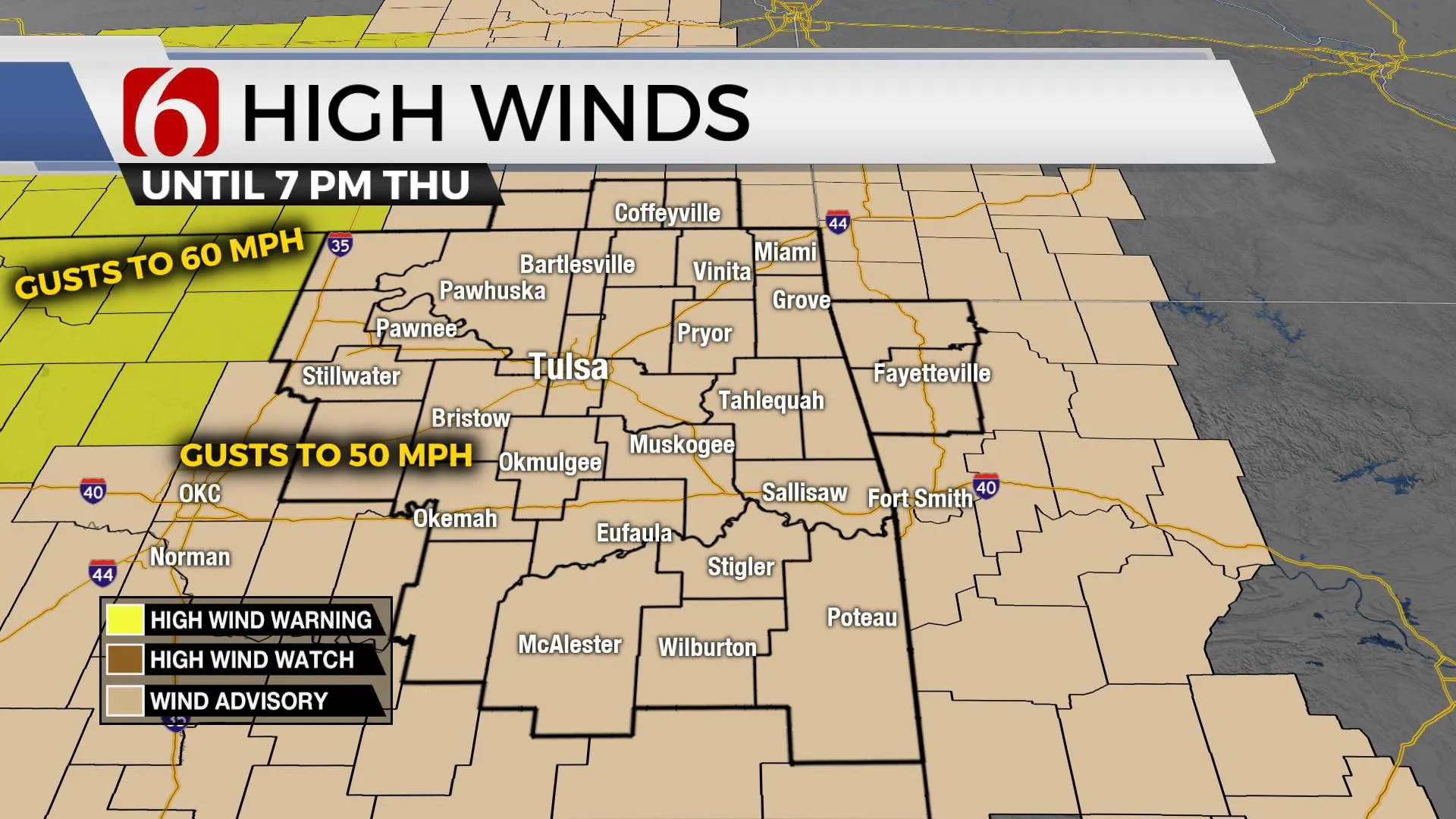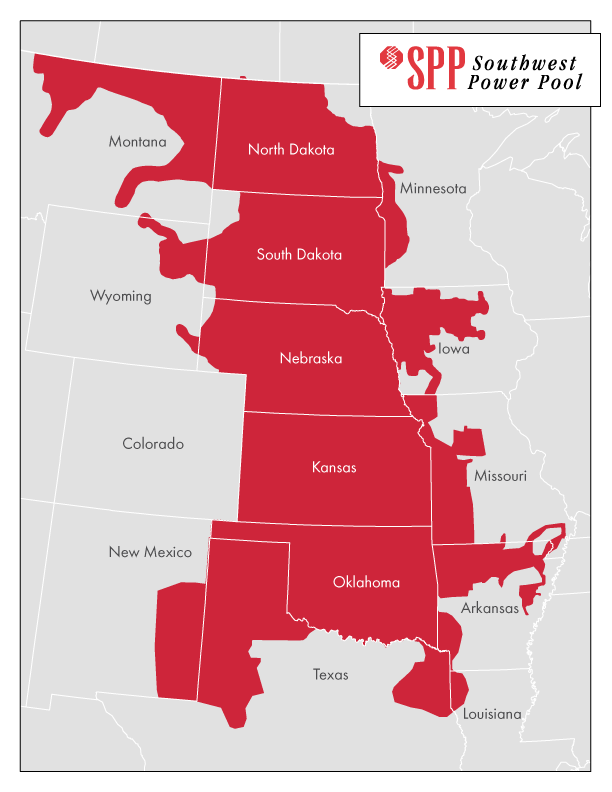
Those strong winds that whipped across Oklahoma and Kansas this week did more than stir up some massive and damaging wildfires—they also helped Southwest Power Pool set multiple renewable records on March 28 and 29.
The Power Pool, of which Oklahoma is a member set a renewable energy penetration record of 90.2% beating the previous mark of 87.5% set May 8, 2021.
This means SPP served 90.2% of the demand for electricity across its 14-state service territory with renewable energy sources, and marks the first time a regional transmission organization served more than 90% of its load with renewables. Of total demand, 88.5% was served by wind, beating the previous wind penetration record of 84%, also set May 8, 2021.

SPP also set new wind and renewable production records.
At 9:25 p.m. Central time March 28, the SPP region produced a record 23,802 MW of renewable energy. The previous record of 21,820 MW was set Feb. 15, 2022. And at 10:34 p.m. the same evening, SPP set a wind production record of 22,915 MW, beating the previous record of 21,820 MW from Feb. 15.
SPP has more than 66 GW of renewables in its generator interconnection queue, “in line” to be connected to the power grid.
“In a decade’s time, our region has gone from thinking of 25% renewable-penetration levels as nearly unreachable to a point where we regularly exceed 75% without reliability concerns,” SPP Senior Vice President of Operations Bruce Rew said. “We’re able to manage wind generation more effectively than other, smaller systems can because we’ve got a huge pool of resources to draw from.”

SPP’s geographic diversity and robust transmission system make the successful deployment of wind and other renewables possible. The regional transmission organization’s footprint covers more than 550,000 square miles from the Canadian border in Montana and North Dakota in the north to parts of New Mexico, Texas and Louisiana in the south.
Source: SPP





